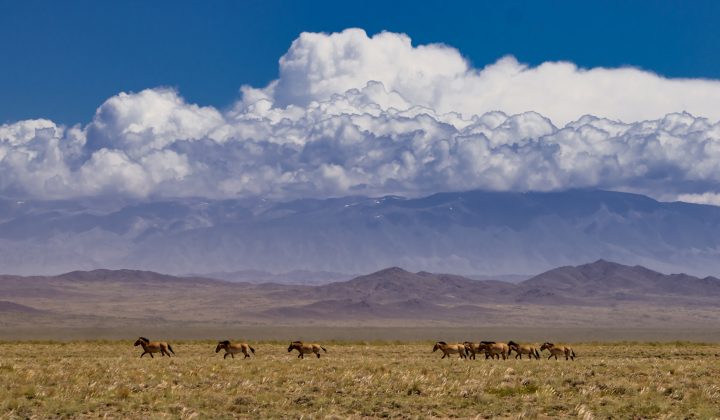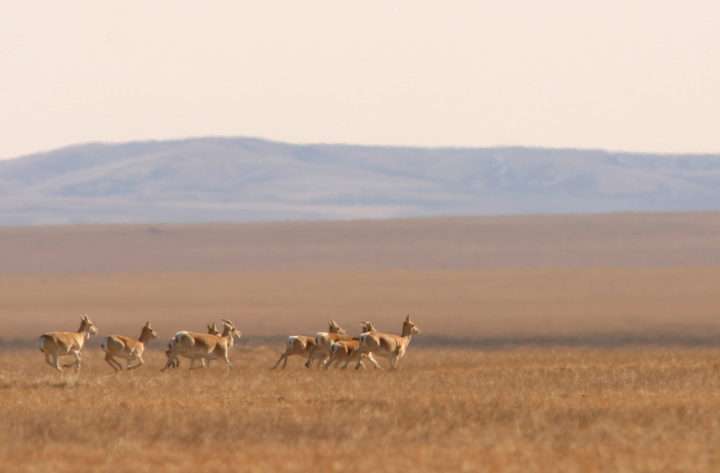Young Research Group
Impacts of the consumption of agricultural and forestry products
Globalization and industrialization have rapidly increased the distance between the production of agricultural and forestry products and their consumption. The impacts in producing systems move increasingly out of consumers’ sight. In our group, we analyze and evaluate such telecouplings (i.e. interactions of socio-ecological systems across large geographic distances) through consumption of agricultural and forestry products and their implications for land use, ecosystem services and biodiversity around the globe.
We investigate these interrelations from a system perspective. Grounded in sociometabolic research, we advance existing and develop new approaches to study global interconnections. We base our analyses on global statistical databases, data analysis and modelling approaches, in order to map and quantify telecouplings in the land system. We highlight the dependencies of our economic system on ecosystems and their services all over the globe and aim to identify entry points to make the systems more sustainable.



